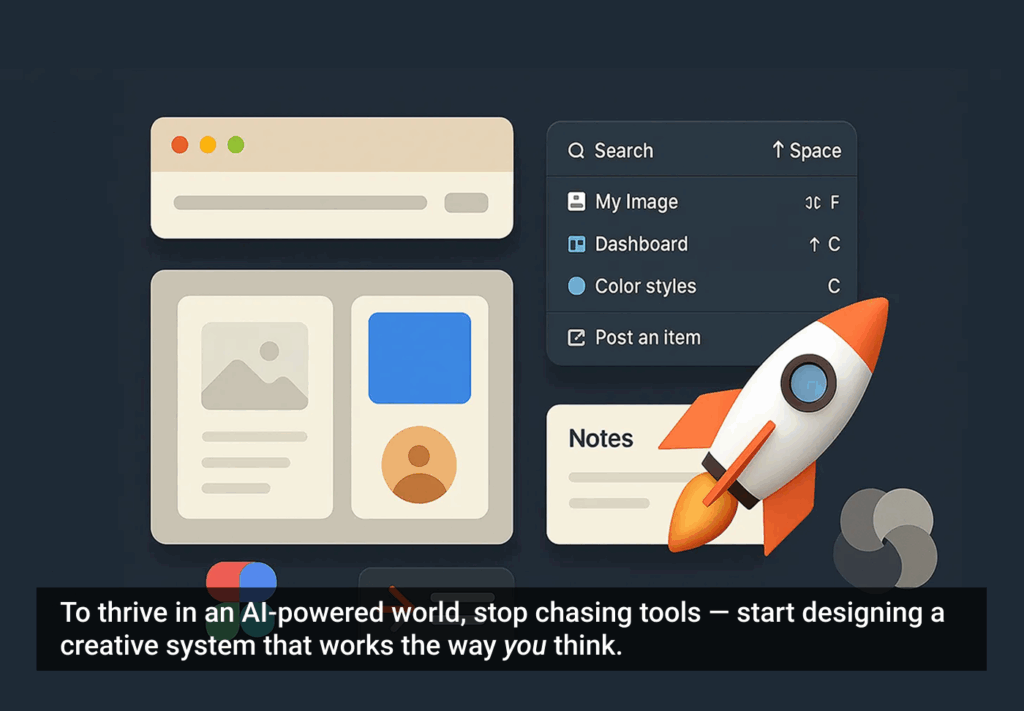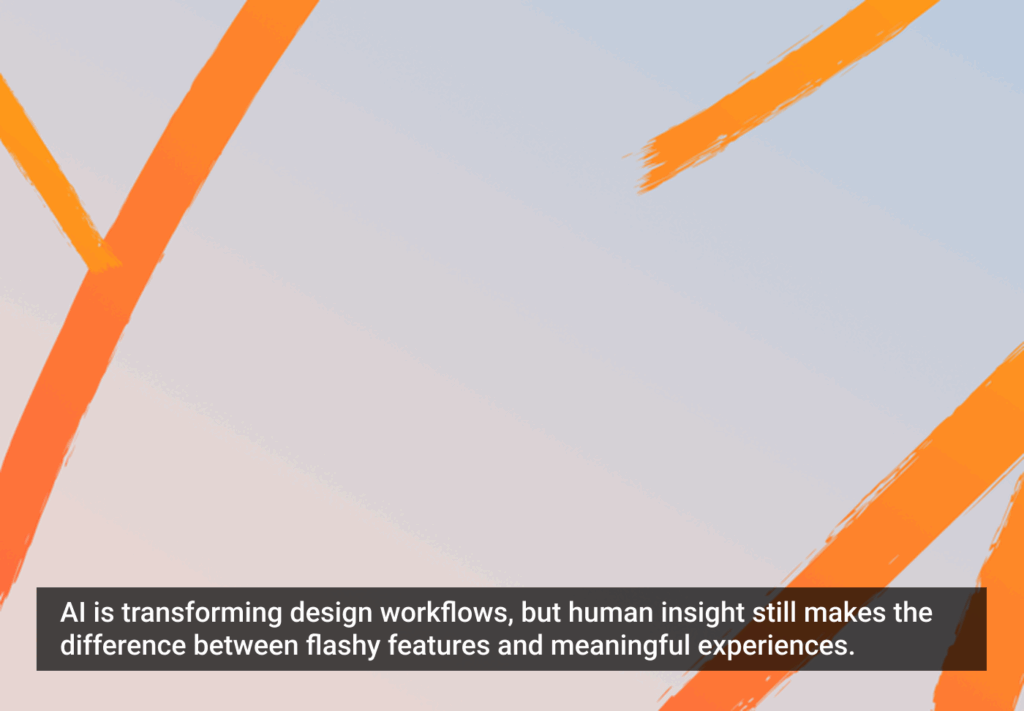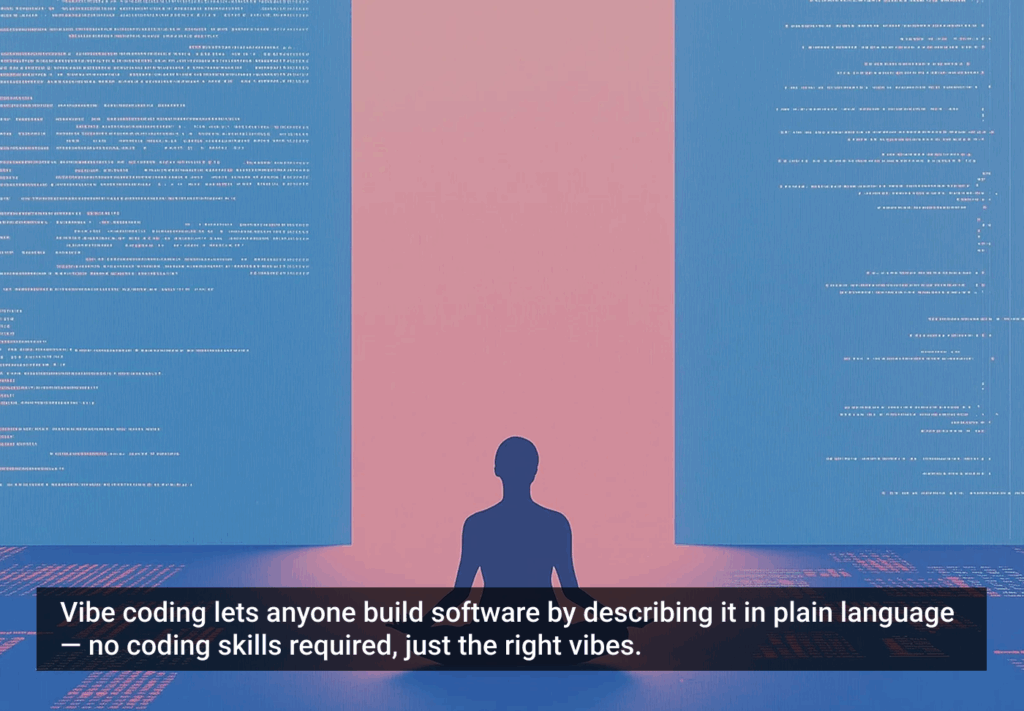Windows 8 arrived last year with a completely new type of user interface that targets tablet users without completely phasing out the traditional desktop. Questions continue to be raised regarding the success of this multi-interface operating system and its revamped style of UI.
This new OS introduces many new terms such as, semantic zoom, contracts, charms, and flyouts. It also suggests strict guidelines regarding the design of interaction, including a certain library of gestures and interaction controls, each serving an individual function. In terms of user experience design, transitioning from iOS or classic desktop to the Windows 8 UI style can become extremely difficult.
But regardless of whether or not Windows 8 succeeds as a multi-UI platform, could its style affect the overall approach to Web design? More specifically, could the horizontal scrolling of grouped information successfully replace traditional vertical Web schemes?
It’s Left to Right
With the content structure’s horizontal layout, which serves both the landscape and portrait screen orientations, the user can scroll horizontally by swiping on the screen. No scrollbars are displayed by default. It’s only in cases where a mouse is used as method of input or in select applications, such as Wikipedia, that the horizontal scrollbar becomes visible. Vertical scrolling and vertical scrollbars are in the process of being phased out by these new guidelines.
This lack of vertical scrolling combined with the absence of menus and buttons is very interesting indeed, shifting the user’s focus from navigation to the content itself.
To Scroll or Not to Scroll
In his article, “The Extinction of Scrollbar,” Andrew Turell lists the benefits and drawbacks of the scrollbar by comparing the scrolling functions across desktop and mobile. In his conclusion he poses a universal question to designers: could there be a solution that would eliminate the scrollbar?
The scrollbar has been long viewed by some as a passive type of interaction, where the user interacts with an entity of content that is larger than the screen. Therefore, a method for accessing and viewing content in pieces is needed. However, the aforementioned entity isn’t always properly structured, so the user might also need to scroll down a traditional two- or three-column site where all levels of textual information are listed hierarchically in the main area. For this reason, menus and widgets on sidebars are also often included within the scrolling components, which renders a site less user-friendly.
Since the iOS revolution, mobile design for iOS and Android in particular has been concentrated around the task of engaging users in deeper interactions with the content itself, instead of allowing them to passively scroll through entire slabs of content. Mobile design makes use of the whole screen of the device, focusing on a more fixed structure. Scrolling is limited to a single level of information, and different levels are usually grouped into tiles.
Windows 8’s Semantic Zoom relies on structured and grouped information for navigation, eliminating the presence of menus or buttons. With Semantic Zoom, users pinch an on-screen element to view the full display and reverse pinch it to organize on-screen elements. In this way, the user benefits from an even deeper interaction with the content.
Good Things on the Horizon
As far as the technological aspects are concerned, current hardware (like mobile devices) already make use of swipe gestures and horizontal layout, and CSS3 and HTML5 enable advanced practices of adaptive design that can manage 100% of the screen. On widescreen desktop and laptops traditional vertical layout solutions create empty space on the left and right hand sides of the screen. Although this practice creates good space for advertising, it also disturbs the user’s attention. In addition, a continual vertical layout with two or three sidebars often doesn’t allocate information equally.
The human dimension is also relevant to horizontal navigation, as most Western and Eastern cultures prefer turning pages from left to right. Furthermore, reading content that travels a long way down, scrolling from top to bottom, is not an effective way for the human eye to capture information. Studies, such as Prioritizing Web Usability by Jacob Nielsen and Hoa Loranger, reveal that most users simply do not scroll!
Finally, regarding the structure of information and how the content should be properly formatted, the principles of grouping discussed in Gestalt psychology indicate that a grouped formation of content can be more effective! From this perspective, the style of Windows 8 UI is a valid Gestalt implementation of technology.
The Power in Possibility
Microsoft’s new approach comes with strict design guidelines, and designers responsible for transferring apps from iOS or Android to Windows 8 will face challenges. Even though the concept of moving into a new form of on-screen interaction with content has been clear enough to follow, designers are so bound creation under Microsoft’s supervision that they will have to figure out design solutions for nearly every single function (not necessarily a good thing)
On the other hand, iOS and Android have given designers plenty freedom to explore the potentials of mobile technology. As a result, many excellent pieces of UX design have been released and popularized on tablets, influencing trends in desktop design. In the very same way that mobile design has affected the approach to desktop, it’s possible that the unique requirements of UI Windows 8 style might inspire a new global approach in the field of user experience design.
Only time will tell.
Image of horizon courtesy Shuttertock.







